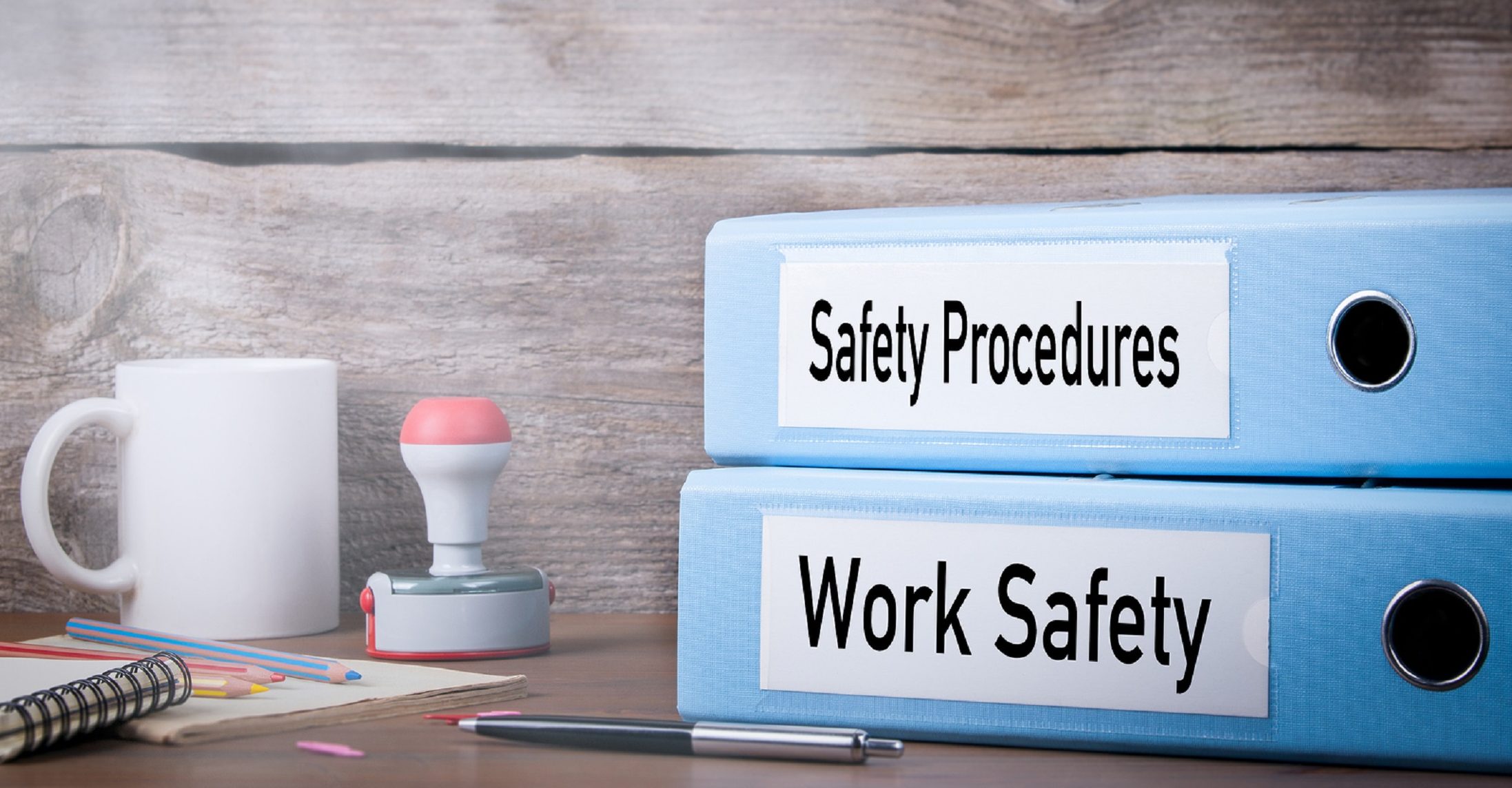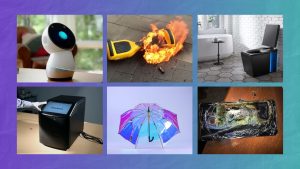I’ve worked in a few manufacturing facilities throughout my career and no matter where I’ve been, management always tooted their horn about how important safety was. I’ve heard the slogans: ‘No Safety – Know Pain’, ‘Accidents Hurt. Safety Doesn’t.’, ‘Safety Starts With YOU!’. I’ve heard the talk, but I haven’t always believed it was as important as it should have been (and I’m certain I wasn’t alone in my skepticism).
PMG’s Summer of Safety Series
While PMG corporate employees aren’t working in a manufacturing facility most days, safety still needs to be a priority for us. This said, we’re taking the summer to turn our focus to the importance of safety in ANY workplace.
So far, we’ve developed an emergency evacuation map, defined tornado shelter space, watched a video preparing us for an active shooter situation, had the Bloomington fire inspectors teach us how to properly use a fire extinguisher, and participated in a self-defense class provided by Krav Maga Minneapolis.
Looking for more information on safety in the workplace, read our article on Dealing with Legalized Marijuana in Today’s Workplace.
Staying Safe During Extreme Heat
[av_image src=’https://www.pmgservices.com/content/uploads/2019/07/bigstock-134880761-1500×430.jpg’ attachment=’7767′ attachment_size=’featured’ align=’center’ animation=’no-animation’ link=” target=” styling=” caption=” font_size=” appearance=” custom_class=”][/av_image]
As the summer starts to wind down, our focus will be shifting to injuries that our employees have experienced out in the field. With that, I wanted to take a minute to talk about staying safe during extreme heat (while I dream of snow, comfy sweatshirts, and the LONG winter ahead):
- Listen to local weather forecasts and stay aware of upcoming temperature changes
- Eat light – the more calories you take in, the more body heat you produce
- Hydrate and drink plenty of water throughout the day
- Drink at least 8 ounces of fluid per half hour
- Avoid liquids that contain alcohol, caffeine, or large amounts of sugar
- Choose the proper type and amount of clothing – cotton and linen allow skin to breathe and absorb sweat
- Take frequent breaks in shady areas
- Wear a sunscreen with an SPF of 15 or higher
- Apply sunscreen at least 20 minutes before going outdoors
- If you take medicines regularly, ask your doctor for advice about hot-weather activity and your risk of getting a heat-related illness
- Get trained in first aid to learn how to treat heat-related emergencies
Read more on the National Safety Council’s website
https://www.nsc.org/home-safety/tools-resources/seasonal-safety/summer/heat
Enjoy what is left of the summer while it flies by and be safe in the process!
Beth Bangtson, HR Manager








